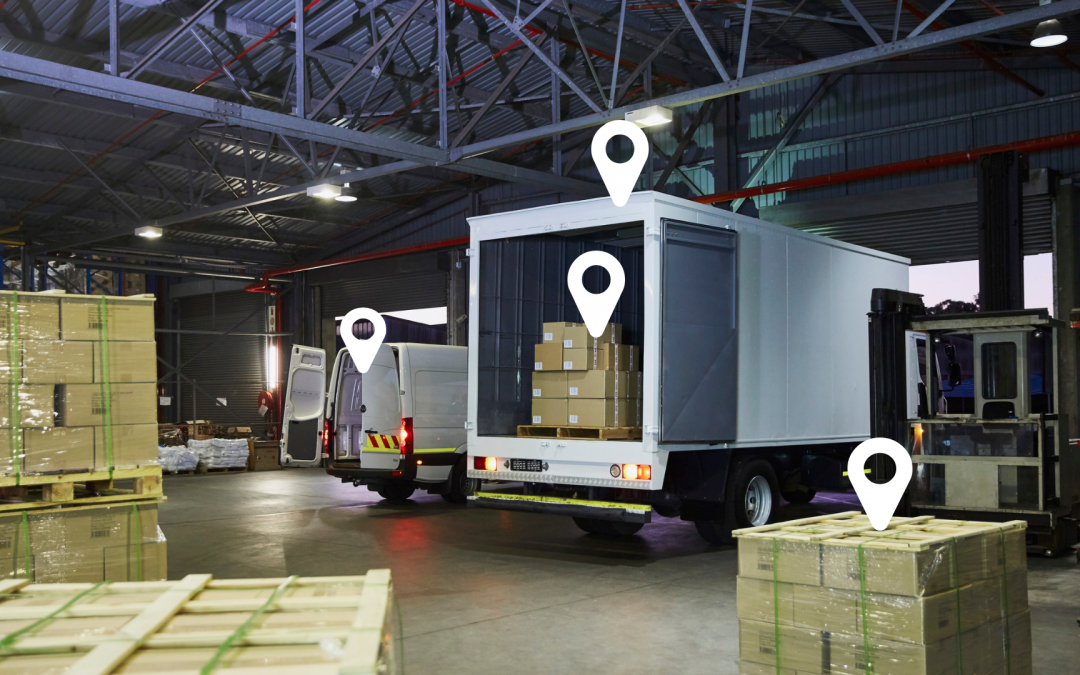A new study from Juniper research has estimated that the numbers of business tracking assets in 2020 reached 90 million, and will exceed 114 million by 2025. The research forecasts that $33 billion will be spent on asset tracking in 2025 globally. This is a measurable increase in demand for location based and asset tracking services in the next few years.
Supply chain disruption
Keeping track of assets is challenging for Logistics companies in supply chain operations. Especially for companies with multiple warehouses and multiple operational lines of business. With the recent growth of e-commerce and online shopping, logistics companies face difficult operational challenges as they adjust to this new growing trend. Increasing capacity, adhering to regulations, and managing the complexity of supply chain are just a few examples. One key solution is tracking and optimizing the usage of assets through KPI’s and Management tools.
Without having the benefit of an asset tracking system, and the benefit of KPI’s & reporting tools, it’s difficult for businesses to figure out what causes disruptions in supply chain. Managers need data-based insights into manufacturing and logistics processes to optimize the supply chain efficiently.
One effective way to solve this challenge is tracking assets and obtaining all data from every asset to analyze asset utilization. This is why many businesses use asset tracking systems today, with consistent increased demand for these services.
What is driving this growth in the logistics industry?
Utilizing asset management systems allows logistics companies to reduce their inventory and stock management costs and helps them use their existing assets more efficiently by tracking and managing assets in real-time. As a result, the deployment of asset management systems leads to significant cost-saving and immediate ROI.
Tools to provide optimum asset utilization
With asset management systems, managers can see which assets are under and overused. If assets are not being used efficiently, this leads to increased operational costs. If assets are overused, this might cause an increase in maintenance costs and frequency. For companies with larger fleets, they can track and monitor all assets. With this data, managers have accurate information to make key decisions on maximizing utilization, scheduling maintenance, and reduce extra costs.
Reduce equipment downtime
By leveraging the reports and alert notifications from asset tracking systems, you can track and monitor all assets’ data, including real-time location, mileage, breakdowns, fuel thefts, unauthorized use, dwell time, asset life cycle and more. By automating reports and creating custom notifications, you immediately know of upcoming maintenance for each asset providing notice and time to schedule maintenance and allocate assets accordingly. This helps reduce or eliminate unnecessary maintenance and repair costs.
The right asset tracker for your business
Effective asset tracking gives businesses an advantage that propels them ahead of the competition. Arpaway is a hardware distributor in the IoT industry. We work with both Business and Consumer clients and offer a full suite of hardware, connectivity, and turnkey applications to end users. Whether you are a reseller partner, business with fleet tracking needs, or a person looking to track your own vehicle, Arpaway has what you need.
We partner with only the best hardware vendors & application providers and provide next generation connectivity. All our hardware partners are the top manufacturers of GPS Tracking and IoT device.
Check our shopping page and find the best Asset Tracking for your business to increase productivity.
Contact us today
Email: info@arpaway.com
Tel: +1-888-885-5202

